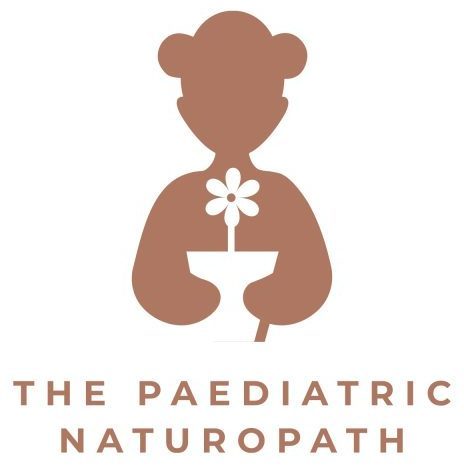Iron deficiency is increasingly common amongst children, however it definitely shouldn’t be the ‘new normal’. It is estimated that approximately 8% of Australian children are anaemic with the leading cause being iron deficiency.
In an ideal world, our children should:
- Be eating a wide range of iron-containing food
- Have optimal capacity to digest and absorb the nutrients in their food
- Not losing any iron on a regular basis.
In reality, many children do not eat enough iron-containing foods (such as red meat). Compounding with this many children I’m seeing in clinic have gut issues or conditions such as dysbiosis or lack of enzymes that lead them to not be able to absorb their nutrients well.
Some children have gut bacteria or parasites such as EHEC E. coli which feed off the iron before it’s able to be stored. There are also have gut conditions such as coeliac disease which is commonly linked to iron deficiency. For more information on coeliac disease read this article.
Symptoms & signs of iron deficiency anaemia
- Lethargy
- Failure to thrive / slow growth
- Frequent infections
- Compromised immunity
- Pale skin
- Fatigue
- Poor concentration and learning ability
Testing for iron deficiency
Is your child is exhibiting some of the signs and symptoms of iron deficiency?
What should you do next? Working with your GP or Naturopath you should run some serum blood tests to determine current iron status. Iron studies and ferritin can help gauge the possibility of iron deficiency though they aren’t conclusive. It’s important to note that you should never start iron supplementation before checking iron levels and confirming potential iron deficiency.
Treatment for iron deficiency anemia
As with all naturopathic treatment it is important to establish the root cause of why your child might be iron deficient before commencing a treatment plan. Common questions I ask when treating this in clinic include:
Are they eating enough iron containing foods?
How is their digestion? For example common clues that digestion is compromised include if they are experiencing frequent bouts of constipation there is visible food in their stools)
Is it possible that the child could be losing iron? This might be obvious blood loss, or could be related to a parasite or iron munching bacteria in their gut. To confirm we would order a full stool test to check for these.
Iron deficiency action plan
Address diet
If your child doesn’t eat meat, get curious about the reasoning behind why. Do they have difficulty chewing? Is it a taste preference? Do they not understand what it is? Is it lack of exposure? Is it the texture? In my fussy eating programs we work through all these potential reasons and how to overcome them. Information on joining The Fussy Bunch, my monthly fussy eating membership can be found here.
Improve digestion
This step is all about getting digestion at its best so that the iron consumed is able to adequately be absorbed and stored. We do this by removing any foods that might be causing a problem. These can be anything but are often things like gluten, dairy, sugar etc.
We also want to encourage the growth of good gut bacteria, especially if your child has been on antibiotics in the past. We do this by increasing probiotic foods such as kefir, sauerkraut, yoghurt and tempeh in the diet. In regards to probiotic supplements, some specific probiotic strains will enhance iron absorption from food. In order to stimulate gut function we also look to increase bitter foods that your child is consuming and encourage them to eat mindfully.
Supplementation
Supplementation is often necessary in the short term in order to restore iron stores, however we don’t advise it for long-term use unless it is required as it can cause digestive issues. It is also vital that if your child does have the dreaded iron munching bacteria in their gut, then dosing with oral iron is not a good idea – you are basically feeding the bacteria! In this instance, while treating the gut and removing the bacteria we can supplement transdermally (via the skin).
Which supplement to choose?
There are a plethora of products on the market but doing your research into the best forms of iron supplementation is a must.
Try and find a product with the active ingredient of either iron biglycinate or iron amino acid chelate as these are the most bioavailable forms.
Liver capsules are also a great option, readily available in most health food stores. These capsules have minimal processing and mimic the consumption of liver meat (one of the highest sources of iron).
I always recommend working with a qualified practitioner to determine the best supplement for you and your child. You can make an appointment with me here.




